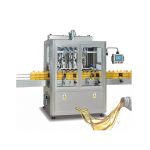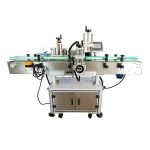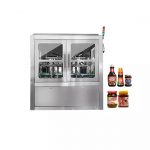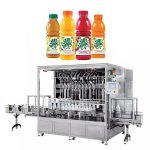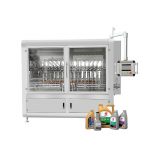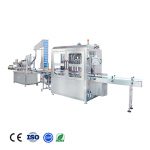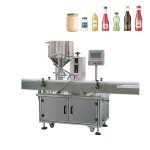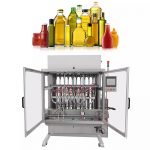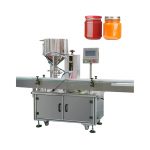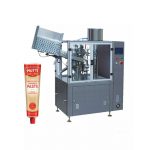A servo liquid filling machine is a type of automatic filling equipment that uses servo motors to control the filling process. These machines are widely used in various industries, including food and beverage, pharmaceutical, and chemical, to fill containers with liquids such as water, juice, sauces, and creams.
There are several types of servo liquid fillers available in the market, including volumetric, gravity, and peristaltic. Volumetric filling machines are used to fill containers with a predetermined volume of liquid, while gravity filling machines use the force of gravity to dispense the liquid into the container. Peristaltic filling machines, on the other hand, use a pump to fill the containers with the liquid.
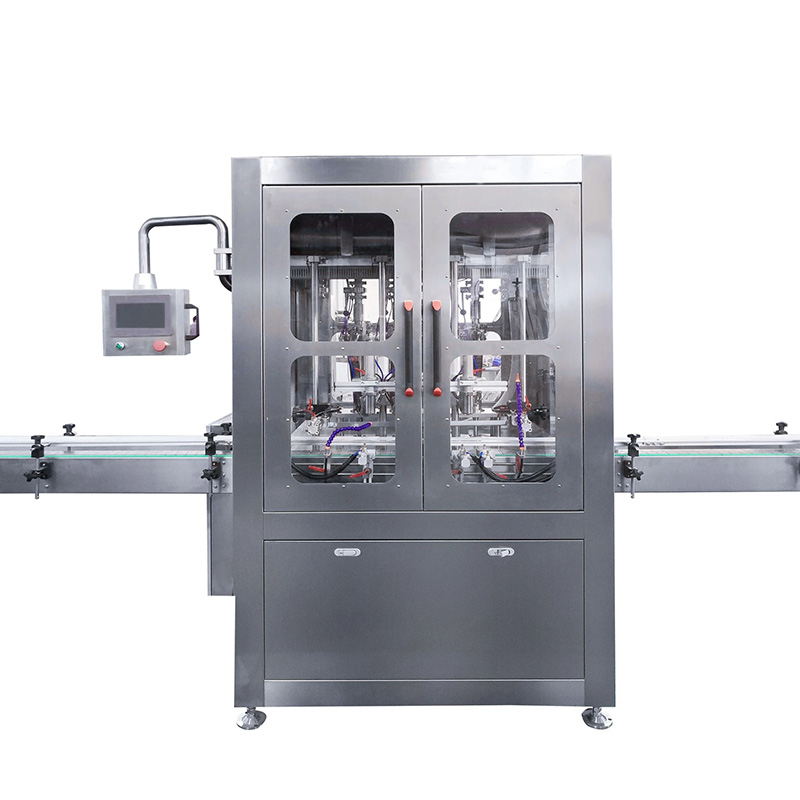
In this ultimate guide, we will discuss the different types of servo liquid fillers, their features and benefits, and how they work. We will also cover the factors to consider when choosing a servo liquid filler and the maintenance tips to ensure optimal performance.
Types of Servo Liquid Filling Machines
Volumetric Servo Liquid Filling Machines
Volumetric servo liquid fillers are designed to dispense a predetermined volume of liquid into containers. These machines use a volumetric filling principle, where the volume of the liquid to be dispensed is controlled by a piston or a gear pump.
The filling process starts by positioning the container under the filling nozzle and activating the filling cycle. The servo motor drives the piston or the gear pump, which dispenses the predetermined volume of liquid into the container. Once the required volume is reached, the filling cycle is stopped, and the container is moved to the next station for capping or labeling.
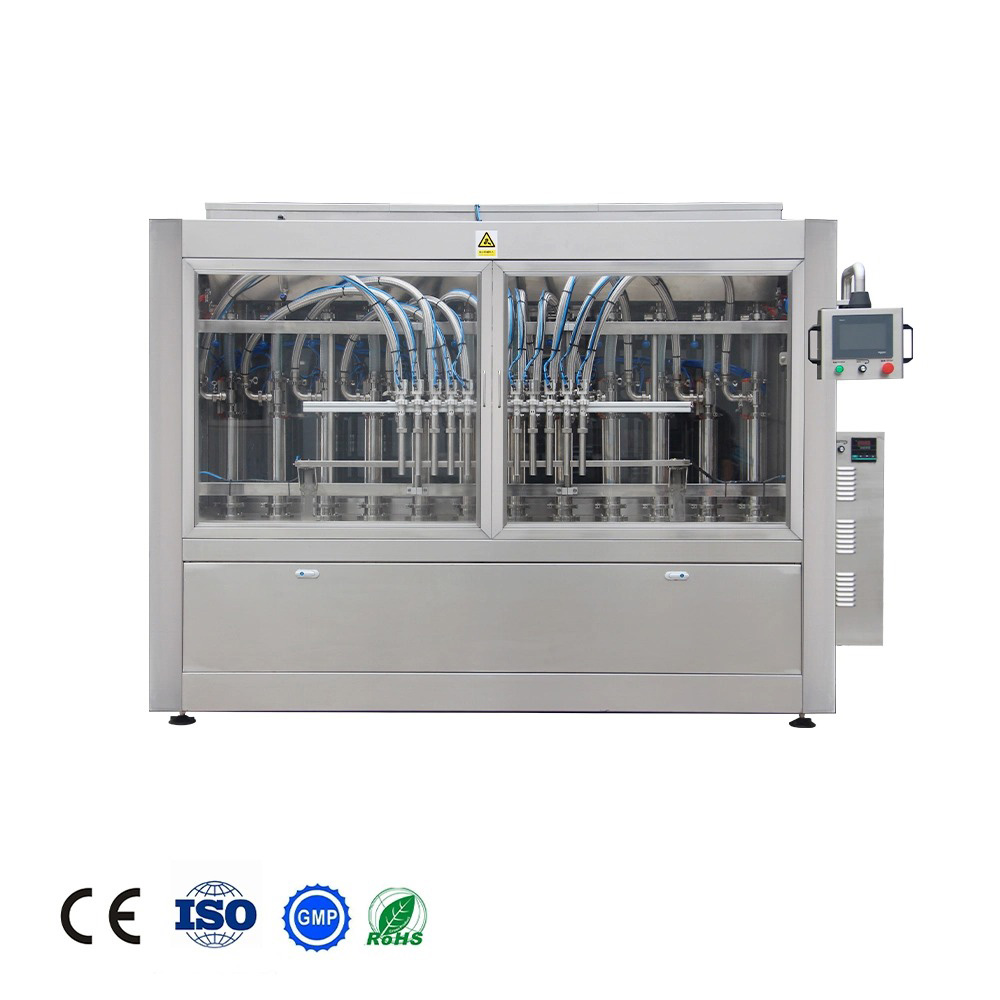
Volumetric servo liquid fillers are suitable for filling liquids with consistent viscosity and density, such as water, juice, and oil. They offer precise and accurate filling, with a filling tolerance of +/- 1%. These machines are also easy to operate and maintain, making them a popular choice in the food and beverage industry.
Gravity Servo Liquid Filling Machines
Gravity servo liquid fillers use the force of gravity to dispense the liquid into the containers. These machines are suitable for filling low to medium viscosity liquids, such as sauces, syrups, and creams.
In a gravity servo liquid filler, the containers are positioned under the filling nozzle, and the filling cycle is activated. The servo motor drives the filling nozzle, which dispenses the liquid into the container. The filling process is stopped when the liquid reaches the desired level.
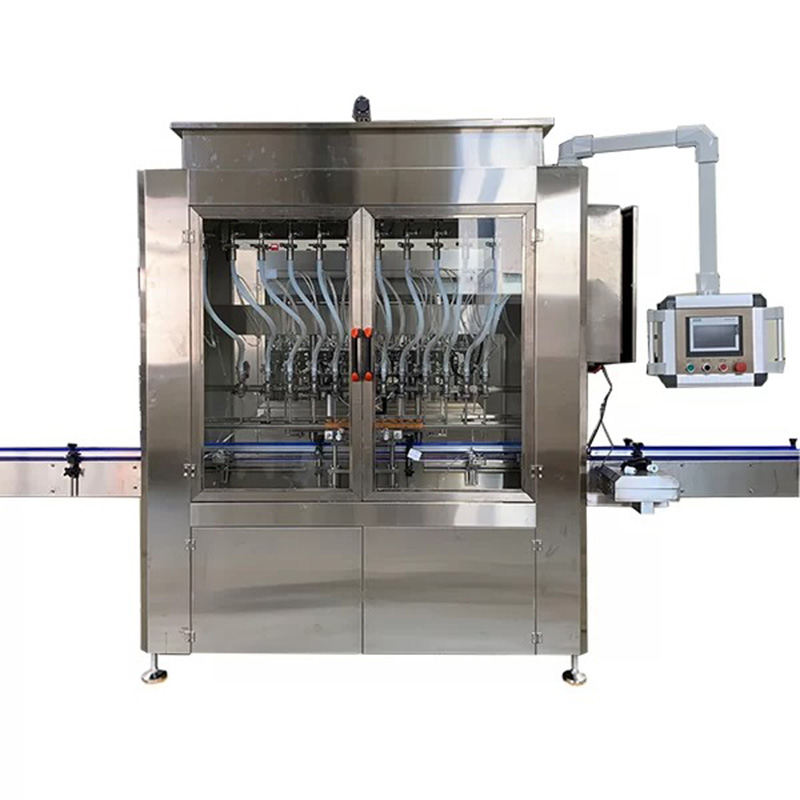
Gravity servo liquid filling machines are simple and easy to operate, making them a suitable choice for small to medium-sized businesses. They offer a high filling speed and can fill a large number of containers in a short time. However, they are not suitable for filling liquids with high viscosity or particulates as the filling accuracy may be affected.
Peristaltic Servo Liquid Filling Machines
Peristaltic servo liquid fillers use a peristaltic pump to fill the containers with the liquid. These machines are suitable for filling liquids with high viscosity and particulates, such as pastes, gels, and creams.
In a peristaltic servo liquid filler, the liquid is drawn into the pump using a flexible hose or tube. The servo motor drives the pump, which pressurizes the liquid and dispenses it into the container. The filling process is stopped when the required volume is reached.
Peristaltic servo liquid fillers offer precise and accurate filling, with a filling tolerance of +/- 0.5%. They are also suitable for filling a wide range of liquids, including those with high viscosity and particulates. However, they require regular maintenance as the hose or tube may wear out over time and need to be replaced.
Features and Benefits of Servo Liquid Filling Machines
High Filling Accuracy
Servo liquid fillers offer high filling accuracy, with a filling tolerance of +/- 1% to +/- 0.5% depending on the type of machine. This ensures that the containers are filled with the correct volume of liquid, which is essential in industries such as pharmaceutical and chemical where the accuracy of the filling process is critical.
High Speed
Servo liquid fillers have a high filling speed, allowing them to fill a large number of containers in a short time. This makes them suitable for high-volume production environments where speed and efficiency are important.
Easy Operation and Maintenance
Servo liquid filling machines are easy to operate and maintain. They come with user-friendly control panels and clear instructions, making it easy for operators to set up and run the machine. They also have a simple and robust design, which minimizes the need for frequent maintenance and downtime.
Flexibility
Servo liquid fillers are highly flexible and can be customized to meet specific filling requirements. They can be used to fill a wide range of containers, including bottles, jars, and tubes, and can be adapted to fill different types of liquids.
Energy Efficient
Servo liquid fillers are energy efficient as they use servo motors, which consume less energy compared to traditional motors. This can result in significant energy savings, particularly in high-volume production environments.
How Servo Liquid Filling Machines Work
Servo liquid fillers work by using servo motors to control the filling process. The servo motor drives the filling mechanism, which dispenses the liquid into the container.
The filling process starts by positioning the container under the filling nozzle and activating the filling cycle. The servo motor drives the filling mechanism, which dispenses the liquid into the container. Once the required volume is reached, the filling cycle is stopped, and the container is moved to the next station for capping or labeling.
In volumetric servo liquid filling machines, the servo motor drives a piston or a gear pump, which dispenses the predetermined volume of liquid into the container. In gravity servo liquid fillers, the servo motor drives the filling nozzle, which dispenses the liquid into the container. In peristaltic servo liquid fillers, the servo motor drives a peristaltic pump, which pressurizes the liquid and dispenses it into the container.
Factors to Consider When Choosing a Servo Liquid Filling Machine
Filling Accuracy
The filling accuracy of the servo liquid filler is an important factor to consider, particularly for industries such as pharmaceutical and chemical where the accuracy of the filling process is critical. Choose a machine that offers a high filling accuracy, with a filling tolerance of +/- 1% to +/- 0.5% depending on the type of machine.
Filling Speed
The filling speed of the servo liquid filler is another important factor to consider, especially for high-volume production environments where speed and efficiency are important. Choose a machine that offers a high filling speed and can fill a large number of containers in a short time.
Container Size and Shape
Consider the size and shape of the containers that you will be filling with the servo liquid filling machine. Choose a machine that can accommodate a wide range of container sizes and shapes.
Type of Liquid
The type of liquid you will be filling is also an important factor to consider when choosing a servo liquid filler. Different types of machines are suitable for different types of liquids, such as volumetric filling machines for consistent viscosity liquids, gravity filling machines for low to medium viscosity liquids, and peristaltic filling machines for high viscosity liquids with particulates.
Maintenance and Support
Consider the maintenance and support offered by the manufacturer of the servo liquid filler. Choose a machine that is easy to operate and maintain, and that comes with clear instructions and user-friendly control panels. Look for a manufacturer that offers timely and reliable support in case of any issues with the machine.
Price
Price is an important factor to consider when choosing a servo liquid filling machine. Determine your budget and look for a machine that offers the features and performance you need at a price that fits your budget.
Maintenance Tips for Servo Liquid Fillers
Regular Cleaning
Regular cleaning is essential to ensure optimal performance and extend the lifespan of the servo liquid filling machine. Clean the machine regularly, particularly the filling nozzle and the filling mechanism, to remove any residue or build-up that may affect the filling accuracy and speed.
Regular Maintenance
Regular maintenance is also important to ensure optimal performance and prevent downtime. Follow the manufacturer's maintenance instructions and schedule regular maintenance checks to identify and fix any issues with the machine.
Use Quality Parts
Use quality parts and components when replacing or repairing the servo liquid filling machine. This will ensure that the machine performs at its best and minimizes the risk of breakdowns and downtime.
Use the Machine According to the Manufacturer’s Instructions
Follow the manufacturer's instructions on how to operate and maintain the servo liquid filler. This will ensure that the machine performs at its best and minimizes the risk of breakdowns and downtime.
Conclusion
Servo liquid fillers are a type of automatic filling equipment that uses servo motors to control the filling process. There are several types of servo liquid filling machines available in the market, including volumetric, gravity, and peristaltic. These machines offer high filling accuracy, high speed, and are easy to operate and maintain. They are suitable for filling a wide range of liquids, including those with consistent viscosity, low to medium viscosity, and high viscosity with particulates.
When choosing a servo liquid filler, consider factors such as filling accuracy, filling speed, container size and shape, type of liquid, maintenance and support, and price. Regular cleaning and maintenance are essential to ensure optimal performance and extend the lifespan of the machine. Use quality parts and follow the manufacturer's instructions on how to operate and maintain the machine.

